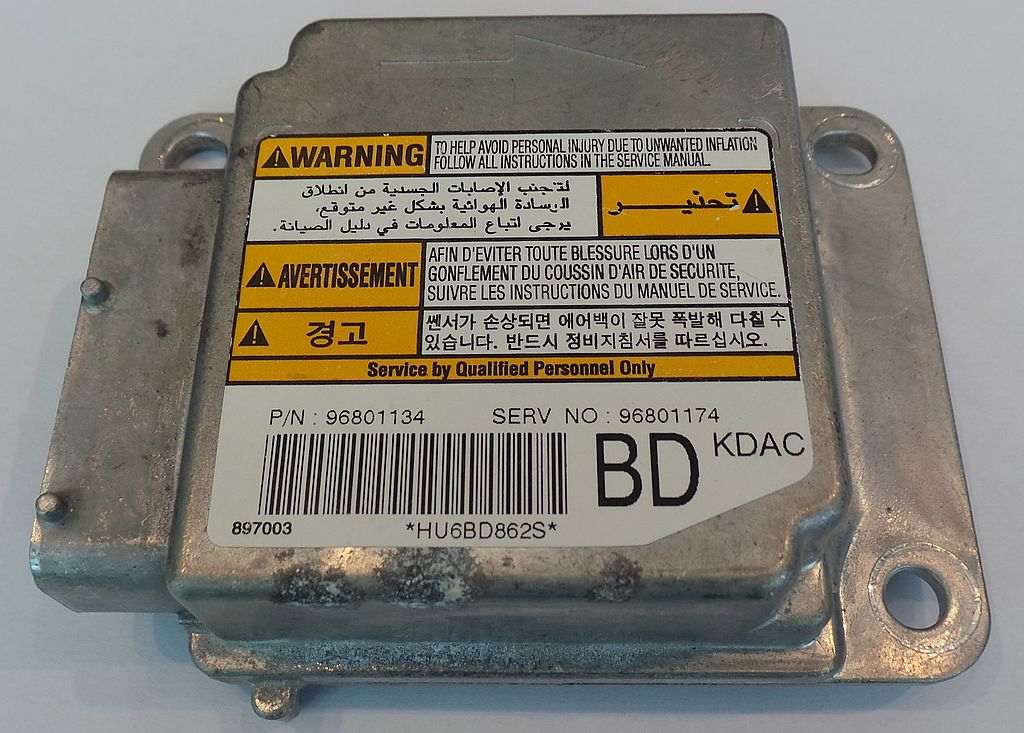How ECU and PCM Work as a Car Brain Box
Modern-day cars are automatic machines that have control over most of their functions. Such automation of motor vehicles allows the driver to focus more on driving. The driver does not have to engage with the instrument panel much. The latest automobiles achieve this kind of self-control through a car brain box.
A Comprehensive Definition of Car Brain Box
The brain box of a car is an electronic system that controls the engine and transmission manifold. Manufacturers attach this equipment to make the car fuel-efficient and easy to handle. All motor vehicles have multiple sensors in various parts.
Through elaborate electric circuits, these sensors feed real-time data to the engine brain box. After analyzing these data, the brain box decides the changes that will benefit the car. Then the performance modification signal reaches auto parts from the brain box. These immediate corrections improvise the followings:
- Automatic gear shifting for fully automatic cars
- Engine running, temperature sensing, and control
- High-performance cooling by the radiator
- Securing the central car lock system
- Efficient handling and operation of the ignition system
- Moderate maintenance of electrical source, the battery
- Highly tuned transmission system for superior handling
- Constant cruise control to comply with traffic laws
- Keeping an eye on the collision avoidance system to stay out of accidents
- Effective fuel injection to deliver more miles per gallon
- Emission control to save the environment
- Auto adjustment of car AC system for a comfortable driving
SEE MORE
The Location and Functions of the Brain Box
The car brain box is a delicate part and is kept in a secure place. Manufacturers place it in a way that makes frequent modifications impossible. It keeps the device in good shape.
Here are some places where it could be available in the car:
- Behind the instrument panel
- Near the car firewall
- Close to the climate control system
- Hidden behind the seats
- Close to the engine but hidden
Without a functioning brain box, the car will not move an inch. Hence, the brain box mechanism is sophisticated and functions all the time. It avoids any unexpected downtimes of the vehicle.
An electrical circuitry interfaces the brain box with all car sensors. The brain box gets electricity from the car battery. It is a high tech computer that comes with programs or codes. These programs run on their own and make the brain box oversee the car’s performance. Brainbox could be one or multiple computers, such as:
- Powertrain control module (PCM)
- Transmission Control Module (TCM)
- Brake Control Module (BCM or EBCM)
- Engine control module (ECM)
- Central Control Module (CCM)
What Does ECU Stand for In a Car?
The ECU meaning is engine control unit (ECU), also widely known as the engine control module (ECM). It operates some actuators inside the engine to deliver optimum performance. Precise instructions come from the brain box. In older cars, alteration of actuators depends on pneumatic or hydraulic mechanisms.
In high tech cars, the ECU is the platform that controls many electrical systems and subsystems. Manufacturers design unique ECUs for each vehicle they make. For this reason, every ECU differs from one another.
The first use of ECU took place in 1980 when it used to control only the fuel injection. Its main use was making cars more economical and causing less environmental pollution.
Mechanism of ECU
The ECU works by following a pre-planned work-flow. First, it gathers real-time data from all sensors. Then, it interprets data and takes corrective decisions. During this, a lookup table helps in decision making. Finally, the ECU instructs the engine to implement changes. This cyclic process delivers improved engine functioning.
This device controls a series of parts in a vehicle, which are:
- The ignition and fuel injection
- The cooling system of the car
- Data from the intake manifold
- The car exhaust
- Camshaft rotation angle
- The necessary amount of throttling
- Wastegate pressure of the turbocharger

What Does PCM Stand for In Cars?
The PCM meaning is the powertrain control module, which in conjunction with the ECU forms a brain box. It interprets and combines data from the ECU and transmission control unit (TCU). Some manufacturers make the PCM the master computer that can make all decisions about a vehicle’s performance.
The PCM’s work example could be the automatic gear shifting. A PCM in a car reduces throttle, engages the clutch, and does gear shifting, making the process easier for the driver. Initially, it was a control unit for lockup torque converters and carburetors.
This device monitors several sensors like:
- Engine temperature
- Fluid levels of hydraulics
- The oil level of the engine
- Air intake by turbo manifold
- Camshaft angle
- Spark plug firing frequency
Conclusion
An automatic shift hybrid electric car or manual transmission racing cars need assistance from digital technology to deliver economy and speed. Such responsibilities lie on the car brain box. It is a combination of many automatic computers or a single master computer, according to the car type. Learning the functioning process of the ECU and PCM will help with the proper working of the brain box.














